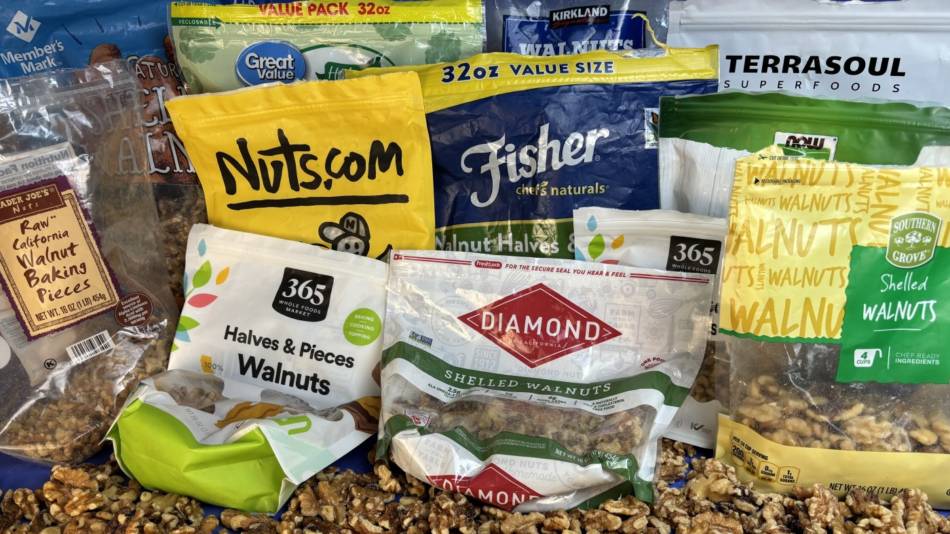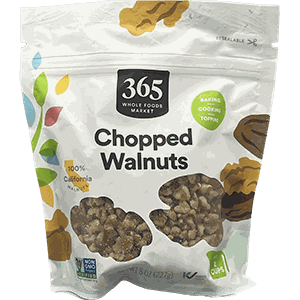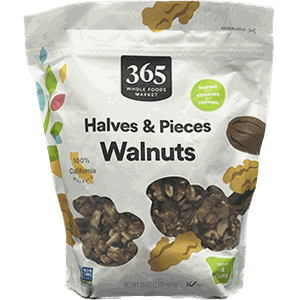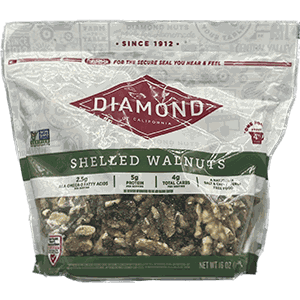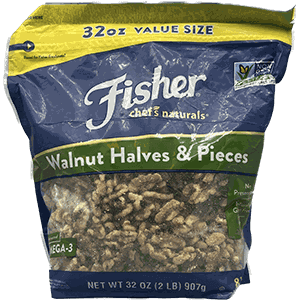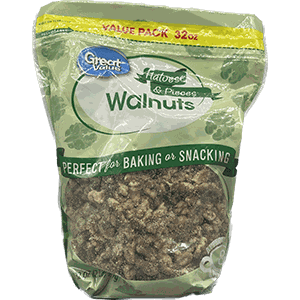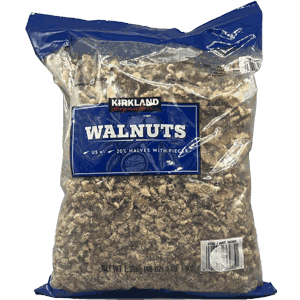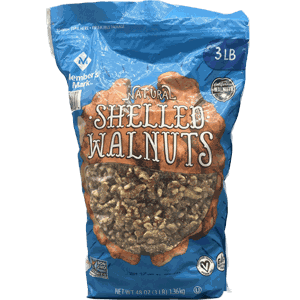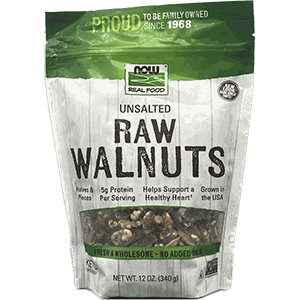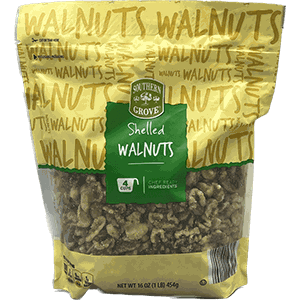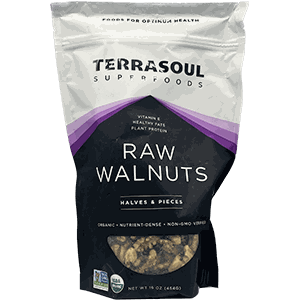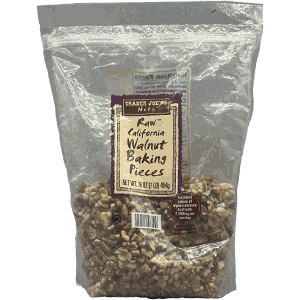Summary
-
What did CL's tests of walnuts show?
Each of the popular, shelled walnut products that we purchased met the requirements of Grade No. 1 walnuts, but there were important differences. Some were discovered to contain much higher amounts of fungus (mold) and signs of oxidation (e.g., darker color, higher levels of hexanal, less buttery and more stale or rancid flavor). In addition, many were misleadingly labeled as "halves and pieces" but consisted mainly of pieces. The cost to get an equivalent amount of walnuts ranged 5-fold, from just 18 cents to 99 cents per serving (about 1 ounce), but a higher price did not mean better quality. (See What CL Found for details by brand.) Which are the best walnuts?
ConsumerLab's tests identified two exceptional products (one with halves and pieces and the other consisting of chopped walnuts for baking) that not only lived up to their labels but had no detectable mold, showed no signs of oxidation, tasted great, and were very reasonably priced. (See Top Picks for details.)-
Why eat walnuts?
Walnuts are rich in healthful, unsaturated fats (including the essential omega-3 fatty acid, /reviews/black-currant-borage-evening-primrose-and-flaxseed-oils-sources-of-ala-and-gla-omega-3-and-6-fatty-acids/flaxseed/ALA) with no cholesterol and significant amounts of protein, fiber, magnesium, iron, zinc, and several B vitamins. (See What It Is for details.) -
How should you store shelled walnuts?
Shelled walnuts are typically sold in packages from which oxygen has been replaced with nitrogen to prevent oxidation — keeping walnuts fresh. But once opened, oxidation begins and, within weeks at room temperature, walnuts can become stale. However, refrigerating opened walnuts greatly slows oxidation. Be sure to refrigerate opened packages of walnuts. (See ConsumerTips for details.) -
Concerns with walnuts:
Walnuts can trigger allergic reactions and this can occur in people with allergies to other foods or pollens with allergens cross-reactive with those in walnuts. Some people experience mouth irritation from eating walnuts, and this may, potentially, be reduced by removing the paper-thin pellicle that covers walnut kernels and contains phenolic compounds. Be aware that walnuts can reduce iron absorption. (See Concerns and Cautions for details.)

